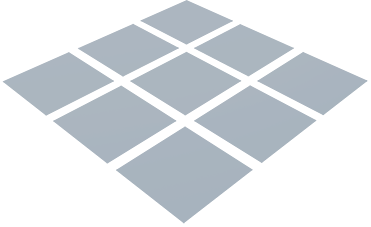Brief:
Why group these materials together? The rate of servicing, susceptibility to etching and ease of repair is all very similar between these materials due to their mineral composition and hardness. Keep in mind they are not alike with regards to density and appearance, mainly due to how they are formed (metamorphic vs. sedimentary). Marble and limestone are quickly becoming very common materials for kitchen countertops, but have long been used in baths or as a floor surface. Many people find marble and limestone much warmer aesthetically when compared to granite. Marble is much more elegant than travertine due to its unique patterning and lower rate of imperfections, being a metamorphic stone, marble is much denser/finer grained than most limestone and travertine, making it an excellent candidate for natural high gloss finishes. Prices vary when it comes to buying marble and limestone, but generally speaking travertine is the most budget friendly of this group. As a side note, since travertine is so often filled with imperfections, it wears very well over time, making etching and traffic patterns very difficult to notice, I would consider this the most maintenance free material if you appreciate it’s natural variations.
Susceptibility to Etching: 10
These materials are all similar in their mineral composition, and very reactive to acids, they will etch easily.
Hardness: 3-4 (Mohs scale):
Since marble is mainly composed of calcite, it is rated at a hardness of around 3-5 mohs. For this reason we usually recommend having a good carpet to collect outside dirt and grit, and regularly dust-mopping to remove any grit brought in from the outdoors. Outdoor sediment is rated at around 6-7 mohs, which will easily scratch and wear away at these calcite based materials.
Porosity:
Like granite, it is hard to determine how porous your particular material may be, however unlike granite, all marble/limestone/travertine surfaces are porous. As a general rule, marble and travertine are less porous than limestone. Often these materials require on site sealing post installation, even if they are advertised as already sealed. High traffic areas with regular exposure to moisture and steam (showers, baths, pools etc.) will require sealing more frequently.
Repairability: 10/10
These calcite based materials are a pleasure to work with due to their softness and predictable grain patterning. We can with relative ease isolate a damaged area for repair and match it’s surrounding finish. Unlike granite, it is much easier to transform these materials from a polished finish to a honed finish, or anywhere in-between.

